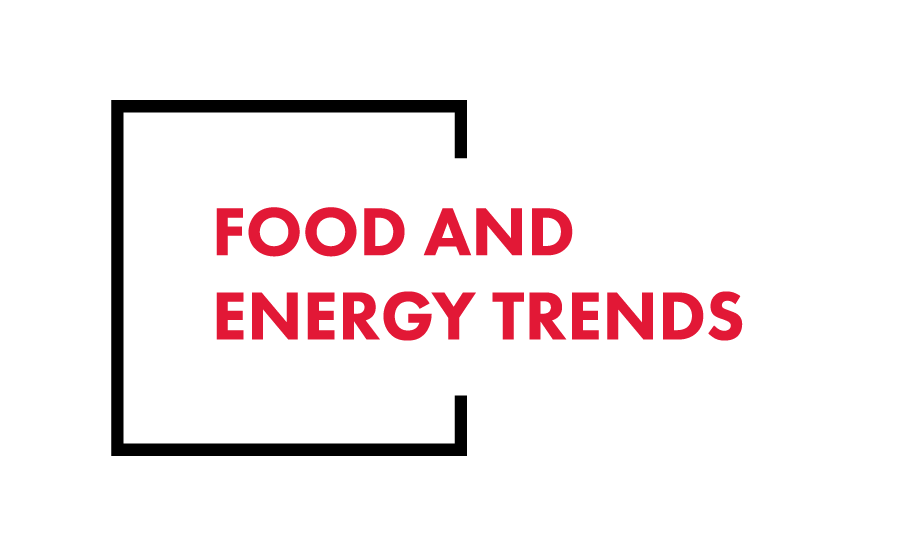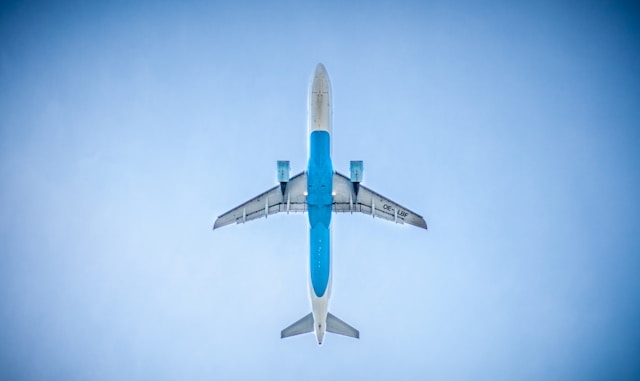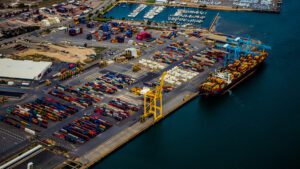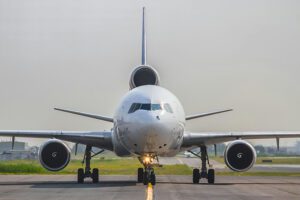As pressure mounts to decarbonize the aviation industry, sustainable aviation fuel (SAF) is emerging as a potential solution. The Sept. 23 supply agreement between the Air France-KLM group and Total Energies is just the latest step toward putting that solution into action.
SAF integrates seamlessly with existing aircraft infrastructure and offers 70% carbon emission reductions compared to fossil fuels. It is being positioned as a game-changer in the effort to reduce the aviation sector’s carbon footprint. Despite its immense potential, scaling SAF production faces challenges related to costs, supply chains, and industrial scale.
What is SAF?
SAF is an alternative jet fuel produced from renewable sources such as agricultural waste, municipal waste, and carbon captured from the air. In contrast to traditional jet fuels derived from petroleum, SAF’s feedstocks significantly lower greenhouse gas emissions throughout their production and lifecycle. In addition to reducing the airline industry’s dependence on fossil fuels, SAF contributes to the circular economy by utilizing waste products, addressing broader sustainability goals.
What makes SAF particularly appealing is its compatibility with existing aircraft and fueling infrastructure. It can be blended with conventional jet fuel, up to a 50% mix, without requiring any engine modifications. This “drop-in” characteristic allows for immediate deployment, enabling a near-term solution to decarbonizing aviation emissions—as long as there is enough production to reduce prices and make the fuel commercially viable.
KLM and Total Energies provide a model for collaboration
The latest advance in widespread SAF production and adoption, the partnership between Air France-KLM and Total Energies, will see Total supply the airline group 1.5 million tons of SAF between now and 2035. This partnership not only emphasizes SAF’s growing role in the aviation sector, but also shows how collaboration between airlines and energy producers is essential for scaling SAF production and use.
The agreement focuses on reducing carbon emissions for intra-European flights, with Air France-KLM’s fleet running on an SAF blend. AirFrance-KLM says it will cut its CO2 emissions per passenger by 30% by 2030. SAF will play a pivotal role in achieving this goal, the airline group said. Total Energies said it brings critical expertise in fuel production to the partnership, providing SAF that meets the airline’s operational demands.
The collaboration signals a broader shift in the energy landscape, with companies like Total Energies moving away from traditional fossil fuels and increasing their focus on renewable energy solutions. This partnership exemplifies the kind of industry-wide effort required to make SAF a viable alternative on a global scale.
Virgin Atlantic’s 100% SAF flight
Another milestone in SAF travel came in November 2023, when Virgin Atlantic completed the world’s first transatlantic flight powered entirely by SAF. The flight, which traveled from London Heathrow to New York JFK, used no conventional jet fuel—marking a significant milestone in the effort to decarbonize long-haul travel. According to Virgin Atlantic CEO Shai Weiss, “This flight proves the viability of SAF as a safe, drop-in solution that can fully replace fossil-derived jet fuel.”
The implications of this flight are profound. Long-haul transatlantic routes represent some of the most fuel-intensive operations in the aviation industry. By completing this flight with 100% SAF, Virgin Atlantic demonstrated that sustainable fuels could replace traditional jet fuel, even on long, energy-demanding flights.
While impressive, the Virgin Atlantic flight also highlights the need for increased SAF production to meet global demand.
Lanzajet: Pioneering large-scale SAF production
Lanzajet, a leading SAF producer, is helping to address the bottleneck of insufficient SAF production. In early 2024. LanzaJet launched its Freedom Pines Fuels plant in Georgia. It is the first facility to produce SAF from low-carbon ethanol derived from agricultural waste. This innovative process not only produces cleaner fuel, but also provides economic benefits to U.S. farmers by transforming agricultural byproducts into valuable commodities.
The Freedom Pines Fuels plant is expected to produce 10 million gallons of SAF annually. While this is a small fraction of the 1.6 million barrels of jet fuel consumed daily in the U.S., it serves as proof of concept for scaling SAF production to meet industrial demands. LanzaJet’s work highlights the broader potential of SAF beyond aviation; ethanol-to-SAF conversion could be applied to other sectors like shipping and road transport, making it a key technology in the decarbonization of multiple industries.
Expanding the SAF Ecosystem: A Global Push for Adoption
While SAF holds incredible promise, its current market penetration remains low, accounting for less than 0.1% of global jet fuel consumption. The SAF Grand Challenge, introduced by the Biden administration, is pushing to bridge this gap. The initiative, supported by tax incentives and research funding, aims to produce 3 billion gallons of SAF annually by 2030.
As the SAF ecosystem grows, key players in Europe and the U.S. are paving the way for broader adoption. Government support, private investment, and corporate partnerships are crucial to overcoming the cost barriers and scaling SAF production to meet global demand.














